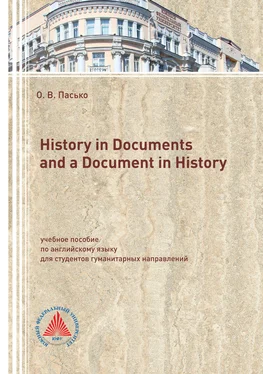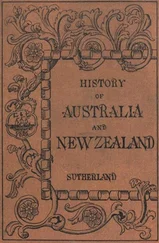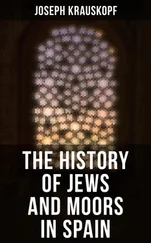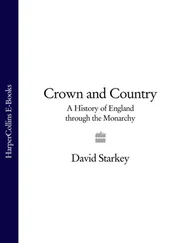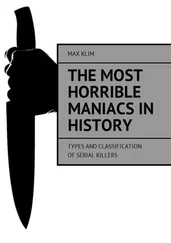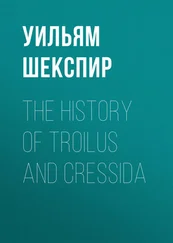But to provide documents having the force of “originals,” copies of the original were usually made and formally certified, by public notaries, or by high ecclesiastical or secular dignitaries. Copies certified in this way were accorded the same legal value as the originals. In practice, lack of critical judgment on the part of the certifiers often led to the certification of forged records. In documents known as transumpts, which recited earlier documents or charters as part of their text, it often happened that the earlier document was forged, but, being included in the new, it received validation.
The original documents and copies considered above were issued at the request of the recipient or beneficiary or of his legal heir. It also happened quite often that the sender or donor wished for various reasons to retain a record of the documents issued by him. The chanceries (record offices) of secular rulers or great ecclesiastics therefore kept copies of outgoing documents in registers, and often of incoming documents, too. The popes were among the first to adopt the old Roman practice of keeping registers; although nearly all the earlier ones have been lost, an almost uninterrupted series of papal registers is extant from the pontificate of Innocent III onward.
An important group of registers are the rolls kept by the medieval kings of England; the earliest extant rolls date from the 12th century. The keeping of registers in the chanceries of the French kings began about the year 1200, in Aragon about 1215, in Sicily under the Hohenstaufen emperor Frederick II (died 1250), and in the German imperial chancery from the early 14th century.
Another manner of studying documents is in the formula books of the various chanceries. Notaries drawing up the various forms of medieval documents did not usually compose each new text afresh but, rather, copied from books in which such text formulas had been collected, a practice that can be traced back to Roman procedure. These model texts frequently contained only the legally relevant passages, while the individually applicable parts, such as names, figures, and dates, were either abridged or totally omitted. During the time of the Frankish kings, important collections were made, such as the Formulae Marculfi (early 8th century) and the Formulae imperiales (828–832). Significant collections of formulas serving as models for papal documents have been preserved from the 13th century.
(Abridged from the original texts provided by Britannica Encyclopedia)
1. Answer the questions:
1) What documents are original?
2) What are drafts?
3) What are copies?
4) How could people create several originals?
5) How did the method of chirography work?
6) What was the method of chirography used for?
7) How can a document get the force of the original?
8) What led to the certification of forged documents?
9) Under what circumstances forged documents could receive validation?
10) What were registers used for?
11) What are the examples of registers?
12) What did the formula books contain?
2. Match the words to their definitions:
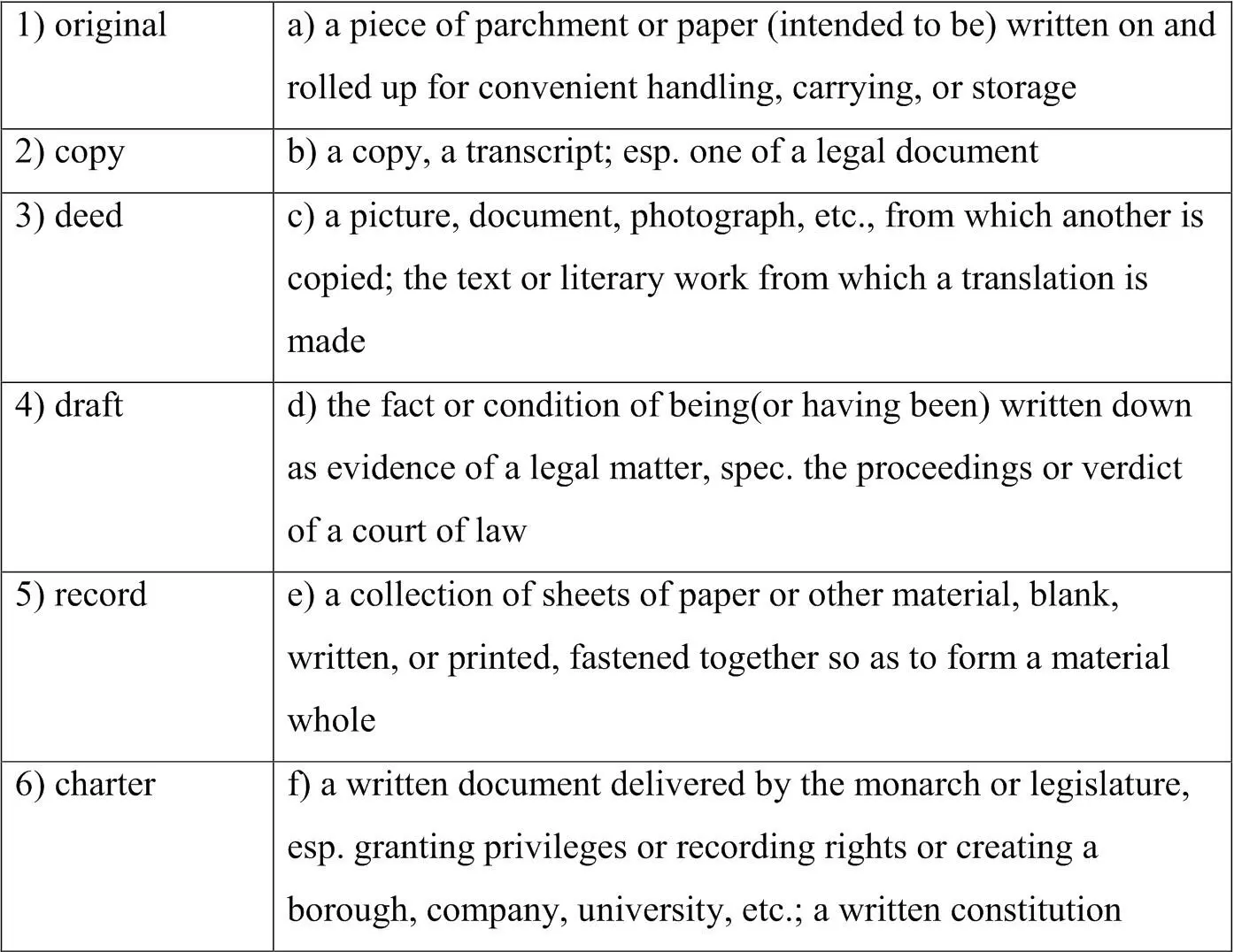
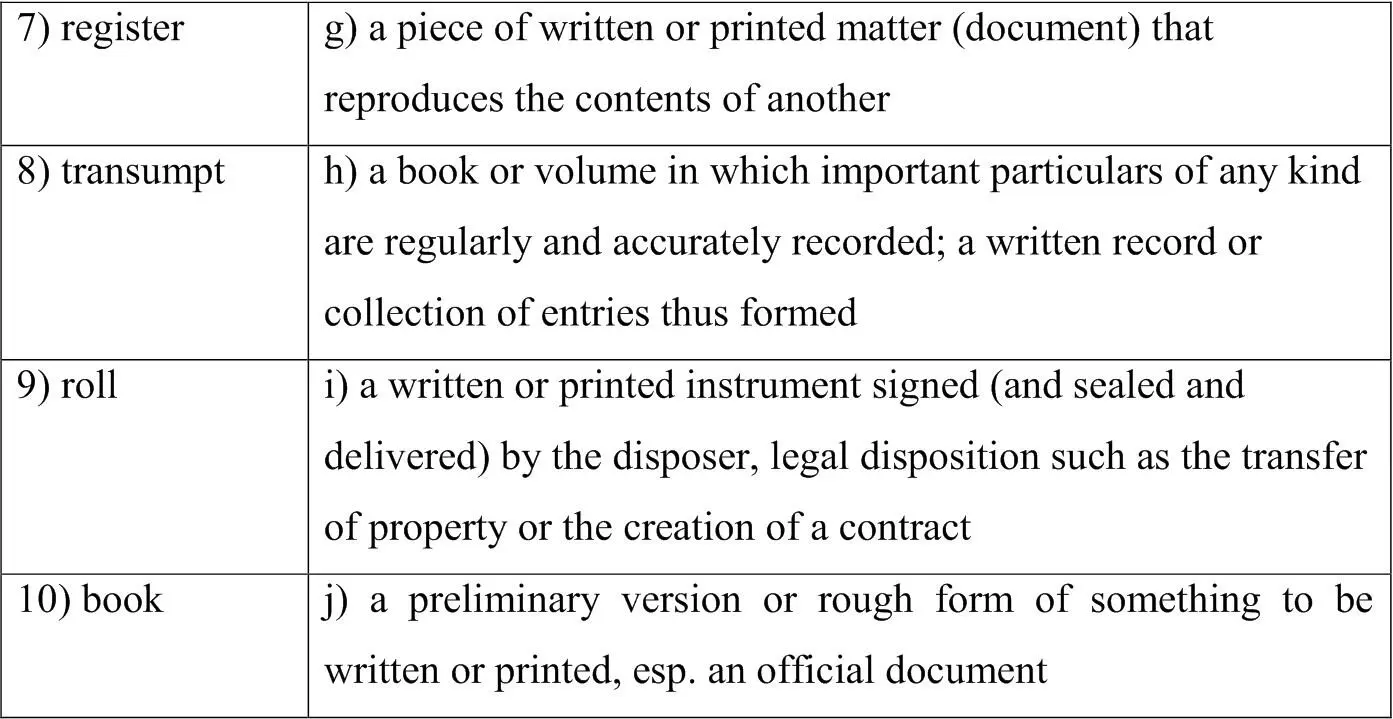
3. Fill in the correct word from the list below. Then, use the collocations to make your own sentences:
incoming, formula, forged, proof, validation, dignitaries, keeping, imperial
1) …………………. register
2) …………………. chancery
3) …………………… records
4) to receive …………………
5) ………………… documents
6) …………………. books
7) …………………. of authenticity
8) secular …………………….
Text 2. Classification of documents
Read the text and do the tasks after it.
The documents of the Middle Ages are usually classified under two groups: public documents, which are those of emperors, kings, and popes, and private documents, which comprise all others. Another way of classifying documents is according to whether they are evidentiary or dispositive. The former merely record a valid legal act already executed orally, while the actual issuing of the latter forms in itself the legal act. This distinction, found among Roman documents from the 3rd century A.D. onward, gradually ceased to exist after the early Middle Ages.
After the collapse of the Carolingian empire in the 9th century, private documents lost much of their function and were replaced by simple memorandums about legal acts and the witnesses to them. It was not until the late 11th and early 12th centuries that sealed charters of high secular or ecclesiastical dignitaries were again gradually considered as dispositive. Papal documents can be classified mainly as either letters or privileges, and royal documents can be classified as diplomas or mandates. Privileges and diplomas give evidence of legal transactions designed to be of long duration or even of permanent effect, while mandates and many papal letters contain commands.
1. Answer the questions to the text:
1) Give definitions to public documents and private documents.
2) What`s the difference between evidentiary and dispositive documents?
3) What documents replaced private documents?
4) When and why did private document lose their functions?
5) What was the classification of papal and royal documents?
6) What is the difference between papal and royal documents?
2. Find all the types of documents mentioned in the text and give definitions to them in your own words.
Text 3. Materials used for the early documents
Read the text and do the tasks after it.
Documents were written on a variety of material. In antiquity there were documents of stone, metal, wax, papyrus, and, occasionally, of parchment, but only papyrus and parchment (and, very occasionally, wax) were used during the Middle Ages. From the 12th to the 13th centuries, paper was also available.
Papyrus, made from the stem of the papyrus plant, was produced mainly in Egypt. The Merovingian kings wrote their documents on papyrus until the second half of the 7th century, and the popes did so until far into the 11th century. North of the Alps papyrus had finally disappeared by the 8th century, when it was replaced by parchment.
Parchment was made from animal hides and was thus easier to obtain. In southern Europe it was made mainly from sheep and goat hides; the insides of the skin were thoroughly smoothed and calcined, while the hairy sides were left rougher. In central and northern Europe, parchment was usually made from calves’ skins, and both sides of the hides were thoroughly smoothed and calcined.
Paper came originally from China. During the 8th century AD, it spread to the Arab world and from thence to Byzantium, where it was manufactured from linen and was used from the 11th to the 13th centuries for imperial documents. After that time ordinary paper was used in the Byzantine Empire. In the West the use of paper, most common at first in southern Italy and Spain, had begun to spread by the beginning of the 12th century. Germany and southern France began to import paper from Spain and Italy in the 13th century, and soon afterward it had reached England by way of Bordeaux. But paper did not altogether replace parchment, which long remained in use, especially for solemn documents.
Читать дальше
